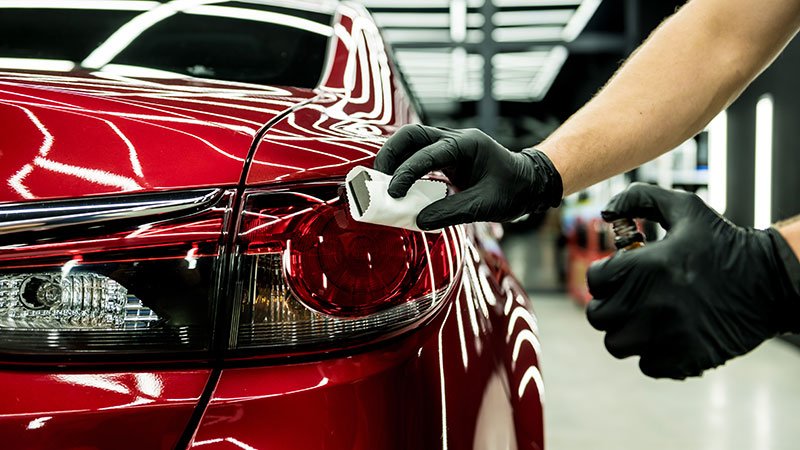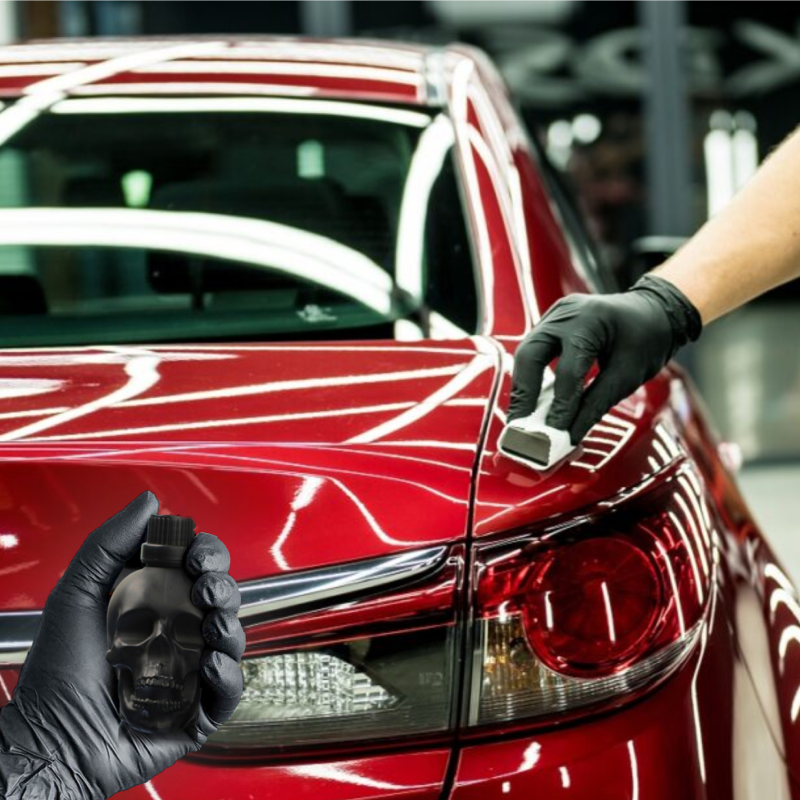Choose certified auto detailing for a high-end interior and exterior cleaning.
Choose certified auto detailing for a high-end interior and exterior cleaning.
Blog Article
A Comprehensive Guide to the Kinds Of Ceramic Layer on the marketplace
Ceramic coverings have arised as a crucial remedy throughout various sectors due to their one-of-a-kind properties and applications. As we explore the distinctive attributes and applications of these finishings, the implications for performance and longevity end up being increasingly apparent, elevating inquiries about which kind might best suit your requirements.
Recognizing Ceramic Coatings
Ceramic coatings are advanced safety services that have actually acquired appeal in different markets, especially in automotive and aerospace applications. These finishings consist of a liquid polymer that, when cured, creates a long lasting, hydrophobic layer on the surface area of the substratum. This layer supplies improved resistance to environmental contaminants, UV radiation, and chemical exposure, thereby extending the life and aesthetic charm of the underlying material.
The basic element of ceramic coverings is silica, which adds to their solidity and resilience. The application process generally includes surface area preparation, application of the layer, and healing, which can be accomplished with heat or UV light. As soon as treated, ceramic coatings exhibit outstanding bonding residential or commercial properties, enabling them to adhere highly to a range of surfaces, including metals, plastics, and glass.
Along with their safety attributes, ceramic coatings also offer convenience of maintenance. Their hydrophobic nature reduces the adherence of dust and crud, making cleaning less complex and less frequent. On the whole, the fostering of ceramic coverings stands for a significant improvement in surface area defense modern technology, giving both functional and visual advantages across multiple industries.
Kinds Of Ceramic Coatings
Different kinds of ceramic layers are offered, each developed to fulfill certain performance needs and applications - Car Detailing. One of the most common types consist of:
Silica-based Coatings: These finishes primarily contain silicon dioxide and are recognized for their sturdiness and chemical resistance. They are widely used in auto and commercial applications.
Titanium Dioxide Coatings: Popular for their photocatalytic residential or commercial properties, titanium dioxide coverings are frequently used in settings where self-cleaning and antifungal buildings are desirable, such as in structure products and auto coatings.
Zirconia Coatings: Identified by their high-temperature stability and thermal resistance, zirconia coatings are utilized in applications such as wind turbine engines and high-performance automobile parts.
Alumina Coatings: Showing outstanding hardness and thermal stability, alumina coatings are often made use of in wear-resistant applications, consisting of cutting tools and commercial machinery. - Auto Detailing
Hybrid Coatings: Incorporating the properties of numerous products, hybrid coatings provide boosted performance qualities, making them suitable for special and requiring applications.
Each kind of ceramic layer offers distinct objectives, permitting customers to pick one of the most proper option based on certain ecological problems and efficiency needs.
Benefits of Ceramic Coatings
Ceramic finishes, in certain, deal numerous advantages that make them significantly preferred among makers and customers alike. These coverings are resistant to scratches, chemicals, and UV rays, making sure that the underlying surface continues to be safeguarded over time.
In addition to sturdiness, ceramic coatings give excellent hydrophobic these details residential or commercial properties, enabling easy cleaning and upkeep. This water-repellent nature decreases the adherence of dust, gunk, and various other impurities, which can prolong the aesthetic allure and performance of the surface. Moreover, ceramic finishes can substantially boost thermal resistance, making them suitable for applications that endure high temperature levels.

Application Refine
When using ceramic coverings, a meticulous method is important to achieve optimum outcomes. A clean surface area guarantees appropriate adhesion of the coating.
When the surface area is prepped, the following action is to apply the ceramic layer. This can be done using an applicator pad or a microfiber fabric, guaranteeing also protection. It is essential to operate in tiny areas to preserve control and avoid early curing. The coating ought to be used in thin layers, as thicker applications can bring about unequal surfaces.
After application, the finish needs a certain healing time, commonly ranging from a couple of hours to a full day, depending upon the item. Throughout this time, it is crucial to stay clear of exposure to dampness or read the article pollutants. A mild buffing might be essential after healing to enhance the gloss and get rid of any type of high spots. Following these steps faithfully will maximize the effectiveness and durability of the ceramic covering, supplying a durable protective layer for the surface.
Upkeep and Long Life
To ensure the long life and performance of a ceramic finishing, regular maintenance is vital. Ceramic coverings, understood for their resilience and protective top qualities, need particular care routines to maximize their life-span and efficiency.
Along with normal cleaning, routine assessments are vital. Search for indications of wear or damage, such as hydrophobic residential or commercial properties diminishing or surface area blemishes. If necessary, a light polish might be related to invigorate the covering without stripping it away.
Furthermore, the application of a booster spray can boost the covering's hydrophobic effects and restore its gloss. This is specifically beneficial for finishes that have actually remained in use for a prolonged duration. Ultimately, by sticking to these maintenance methods, one can dramatically expand the life of a ceramic finish, guaranteeing that it continues to provide optimum security against environmental variables and maintain the visual charm of the vehicle.
Conclusion

Report this page